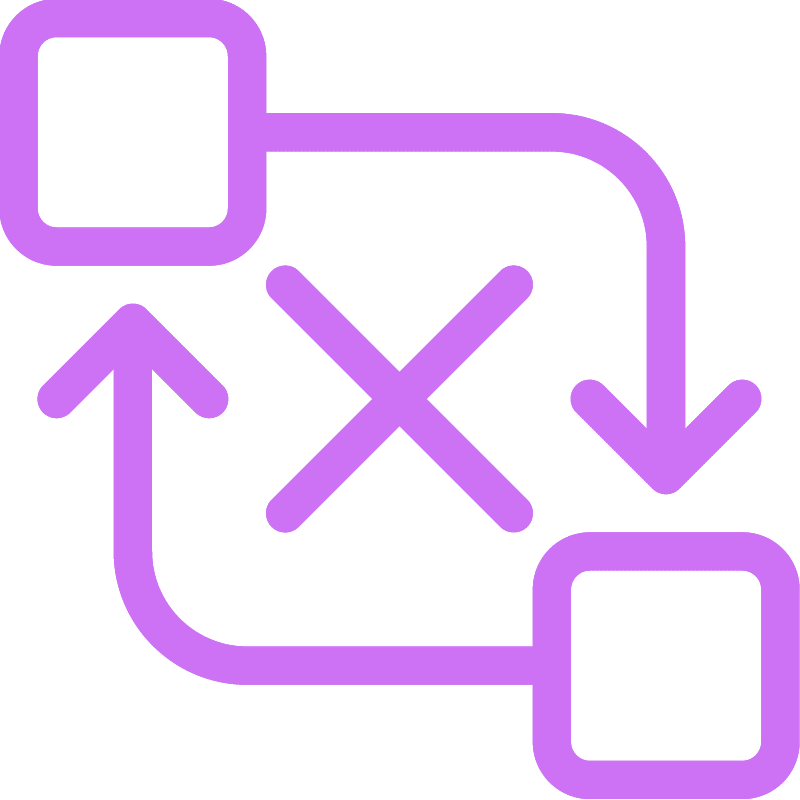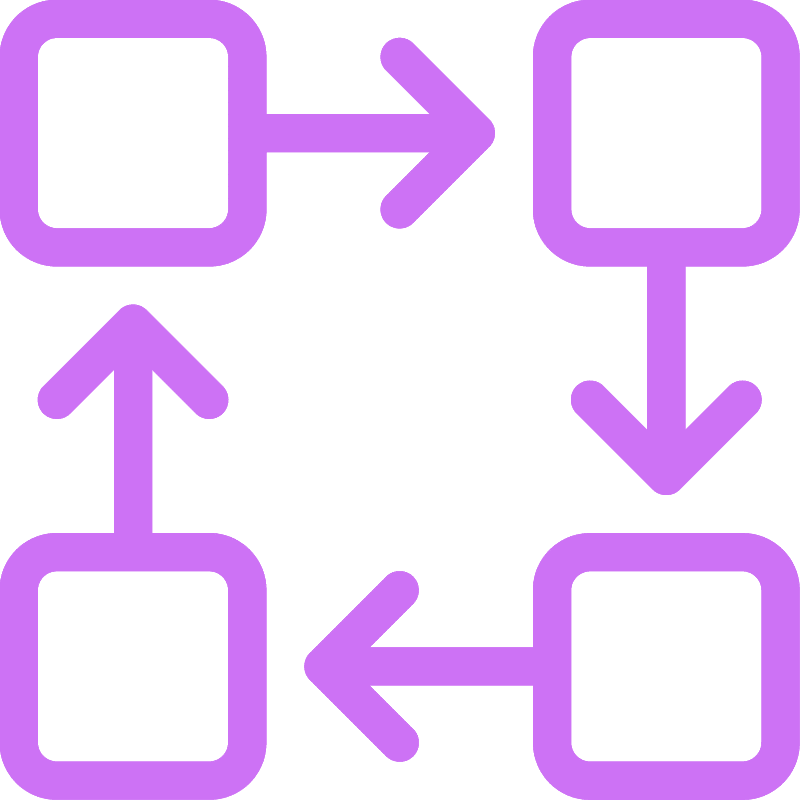 Author: Marlon Hütten, epilot
Author: Marlon Hütten, epilot
In the booming electromobility market, solution providers of charging infrastructure are facing increasing demand. This increasing demand often reveals weaknesses in existing processes: Lead qualification and project handling are inefficient due to avoidable manual efforts. You can read more about the problems and solutions in lead qualification here.
Problems in project execution in the e-mobility business
The wallbox was requested by the prospective customer via the website and the lead qualified: It therefore meets all the necessary requirements for the purchase. This should actually clear the biggest hurdle in the sales process, but inefficiencies in the subsequent steps often stand in the way of scalable charging infrastructure sales. Manual effort in Excel- and Word-based quoting, managing overworked installation partners, and frequent callbacks from customers who want their wallbox installed sooner rather than later are creating capacity constraints for providers.
How can charging infrastructure projects be handled efficiently?
Charging infrastructure providers have no control over some problems, such as the shortage of tradesmen or the shortage of materials due in part to the Corona crisis. However, the following adjustments can be made to optimize sales processes and build up the business in a scalable manner:
1. automation of quotation processes and orders
Quotation generation should not be a scalable process using Excel spreadsheets and Word files, because quotation costing and generation can be automated using software. Price components for the rental and sale of wallboxes and charging stations, as well as for installation or maintenance services, can be mapped digitally and integrated into a fully automated quotation process. Variable-based document templates can be filled with the prospect’s data and sent to them with a single click. In addition to the option of sending the offer and subsequent commissioning by the customer, the commissioning can also be directly linked to the initial inquiry and be carried out online using modern payment methods such as PayPal or credit card.
2. partial automation of workflows
Digital workflows can be predefined so that every employee in the process knows exactly what needs to be done and when. Transparent collaboration is enabled with the help of task lists, task assignments and note functions. Product-specific or customer-specific features should also be taken into account – for example, the workflow for a private individual might include different tasks than for a small company. Standardized processes minimize errors and improve the quality of customer service.
3. transparent service provider management
The shortage of craftsmen is a well-known problem – making it all the more important to work efficiently with one’s technical partners to make the best use of limited capacity. In times when craft businesses can hardly save themselves from new orders, the choice falls preferentially on clients who have clearly structured their processes and can handle the cooperation efficiently. Because then craftsmen and installers can concentrate on the essentials: the technical implementation.
Installers should be directly involved in digital workflows to minimize necessary communication via phone and email. In a digital file on the project, all necessary customer data, responsibilities, messages, notes, tasks and next steps should be transparently presented to the installer, uniformly across all projects. The installer’s work steps should also be documented centrally so that the provider always knows the current status when contacting the customer, because well-coordinated collaboration enables a customer-friendly “one-face-to-the-customer” appearance.
Digital collaboration also opens up further potential: for example, the installer can enrich the database by collecting and storing important information on site at the customer’s premises, e.g. if the customer plans to buy a solar power system to generate the traction current himself in an environmentally friendly way in the future.
4. self-service for the customer
The customer understandably wants to know about the status of their order and have questions answered such as “When is the installer coming?” or “What do I need to prepare for the installation?”. These inquiries are usually made by e-mail or telephone and thus cost employees time. Why not proactively provide customers with up-to-date information that they can access at any time? Via a customer portal with a self-service area, customers can view the current processing status at any time – just as they are used to from eCommerce stores. It also makes sense to make quotation documents, invoices and other relevant documents available on the portal, as this eliminates the need for most queries from the customer. A nice side effect: via a portal, other offers can additionally be made that the customer might find interesting, e.g. a charging tariff.
5. communication between systems
When introducing digital solutions, it is important not to view the software in isolation, but as part of the overall system landscape. This is because transferring data from system A to system B creates manual overhead that gets in the way of scaling. Therefore, care should be taken to ensure that flexible options exist for integrated project handling via a connection of systems, e.g., to pass on information about the purchase of a wallbox directly to the billing system. This often does not require costly integration scenarios: Technologies such as Robotic Process Automation enable simple and inexpensive automation of data transfer between systems.
If you would like to learn more about the possibilities for software-supported project management in charging infrastructure sales, feel free to contact our experts.




























 Author: Marlon Hütten, epilot
Author: Marlon Hütten, epilot

